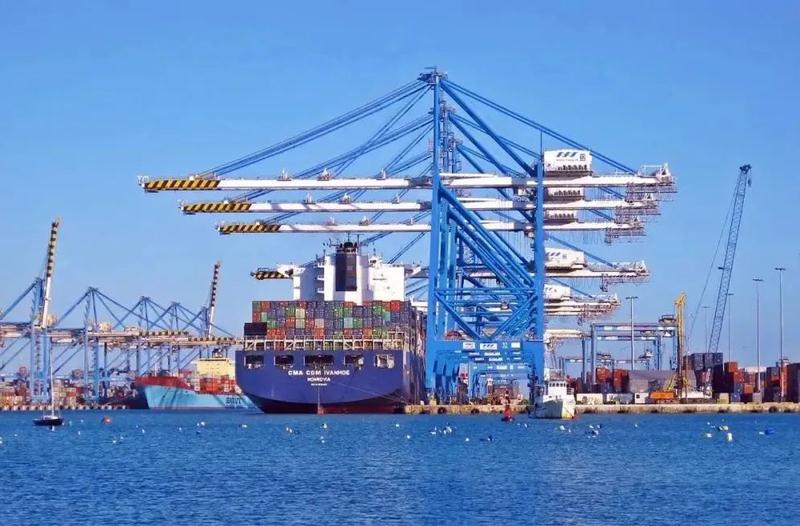Global Perspective: Morocco'S Textile Exports To Spain Will Grow By 18% In 2024
On March 2, Hespress Information Network of Morocco reported that in 2024, Morocco's textile exports to Spain will reach 1.76 billion euros, an increase of 18% year on year. In the same period, Turkey's textile exports to Spain fell by 10%, while Portugal's orders continued to shrink. At present, Morocco ranks the fourth country of origin of Spanish textile imports with a market share of 7.8%, just behind Bangladesh, China and Turkey.
Although the global textile industry tends to low cost mass production, Morocco has successfully consolidated its position as a key partner of Spain's textile industry by virtue of its competitiveness in the field of clothing and industrial textiles, its geographical proximity advantages and 48 hour direct land supply chain.
(Source: website of Ministry of Commerce)
- Related reading

Economic Observation: The Global Trade War Is Increasingly Fierce, And The Prospect Of Cotton Consumption Is Worried
|
The Increase Of Tariffs In The Trade War Directly Led To The Rise Of The Import Cost Of American Cotton
|
China Has Gradually Shifted The Direction Of Imported Cotton Based On The Analysis Of Cotton Export Data From The United States And Australia
|- Business management | Xia Lingmin, Secretary General Of China Textile Industry Federation, And His Delegation Went To Fujian For Research
- Efficiency manual | Yarn Weaving Industry Cluster In Qiyang, Hunan Province To Create A "Textile Town"
- Contract template | With The Trend Of Synergy, Shengze Has Made Joint Efforts To Enter The "Another Spring" Of Private Economy
- Successful case | From A Campus White T-Shirt To An Annual Sales Of 2.5 Billion Yuan, To Win The Battle Of "Quality Price Ratio" Of Clothing
- Management strategy | 2025 Release Of China'S Leading Apparel Brand -- Leading The Industry In Technological Change And Ecological Innovation
- Shoes and clothing technology | General Technology And New Materials Lead A New Chapter In Textile Technology With New Quality Productivity
- Bullshit | Shenzhen Exhibition, The Source Of New Ecology Of Fashion Sports Energized By Innovative Fibers
- Design Frontiers | The 30Th FASHION SOURCE Shenzhen Exhibition And AW25 Shenzhen Original Fashion Week Were Successfully Closed
- Design Frontiers | "Jiang Fu Day" Will End In 2025 China International Fashion Week (Spring)
- Commercial treasure | SORONA ® Shanghai Fashion Week And Its Partners Build A Symbiotic Ecology
- Ministry Of Commerce: Morocco'S Textile Industry Is Impacted By Egyptian And Turkish Products
- Industrial Cluster: The Clothing Manufacturing In This Small Town In Southwest Shandong Has "Worn" To A New World
- "No Waste" Has Become A New Favorite In Fashion And Textile Industry
- AI Empowering Digital Intelligence Transformation | Textile Talent Exchange Training Center And Wuxi Yimian Jointly Held A Special Lecture On AI Application Scenarios
- Hubei Tianmen Builds A Digital Intelligence Platform And Overseas Warehouses Enable Clothing Industry To Go To Sea
- Senma Clothing Company Sen Releases 2024 Financial Report
- Taipingbird Group Released Its 2024 Annual Report, Showing A Sharp Decline In Profits
- Facing The Complicated International Environment, How Do Textile And Garment Enterprises Expand Overseas Markets
- Market Observation: Data Analysis On The Adjustment Trend Of Cotton Price Shocks In The Domestic Market Affected By The Environment
- The 30Th FASHION SOURCE Shenzhen Exhibition

